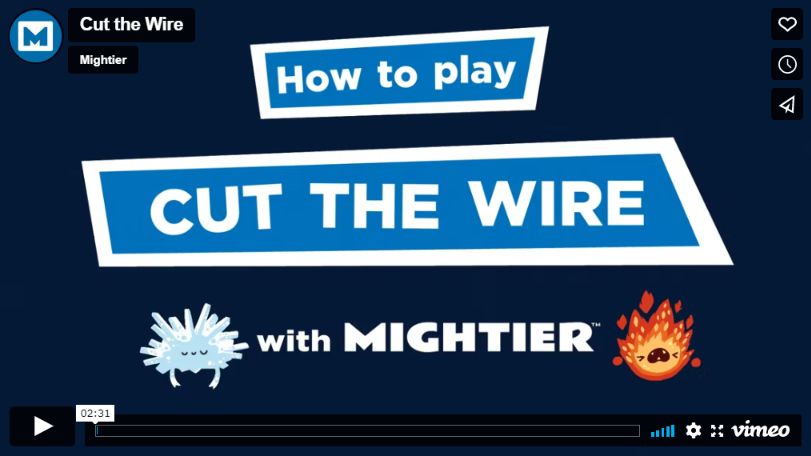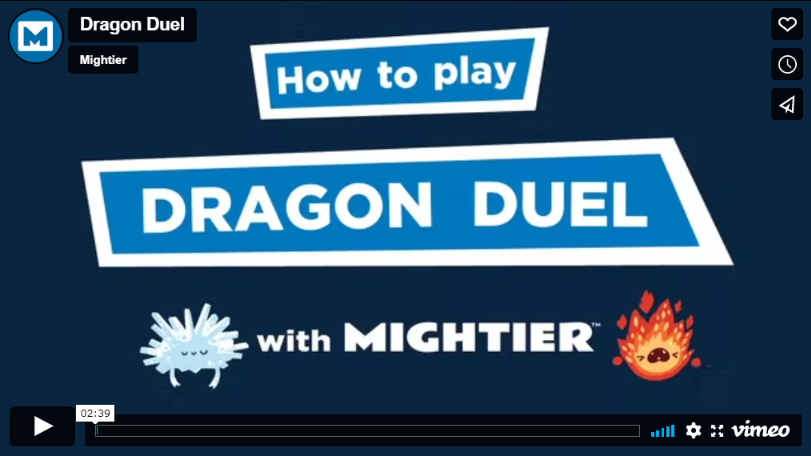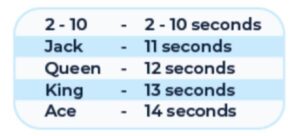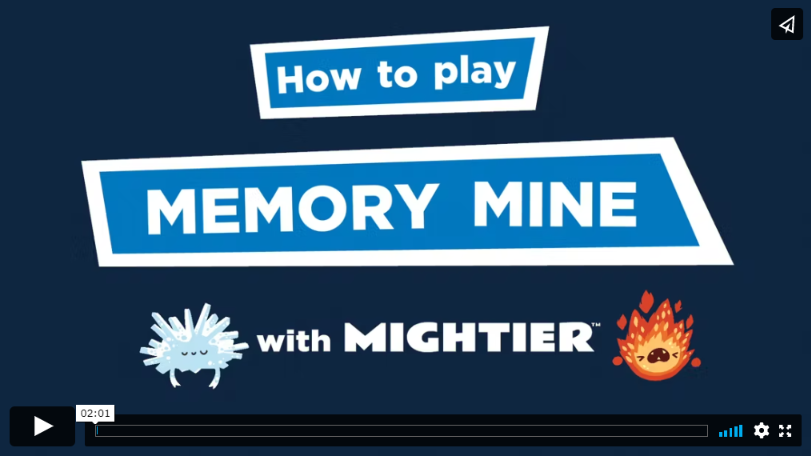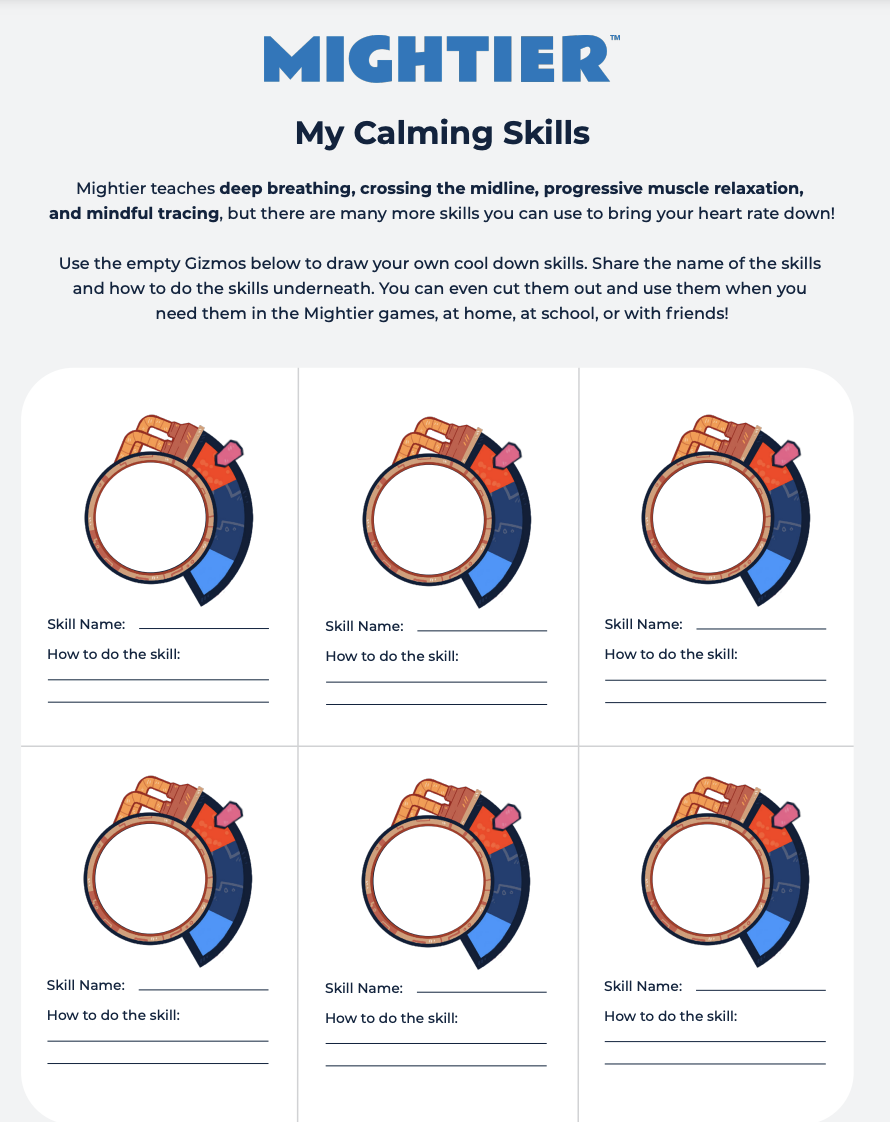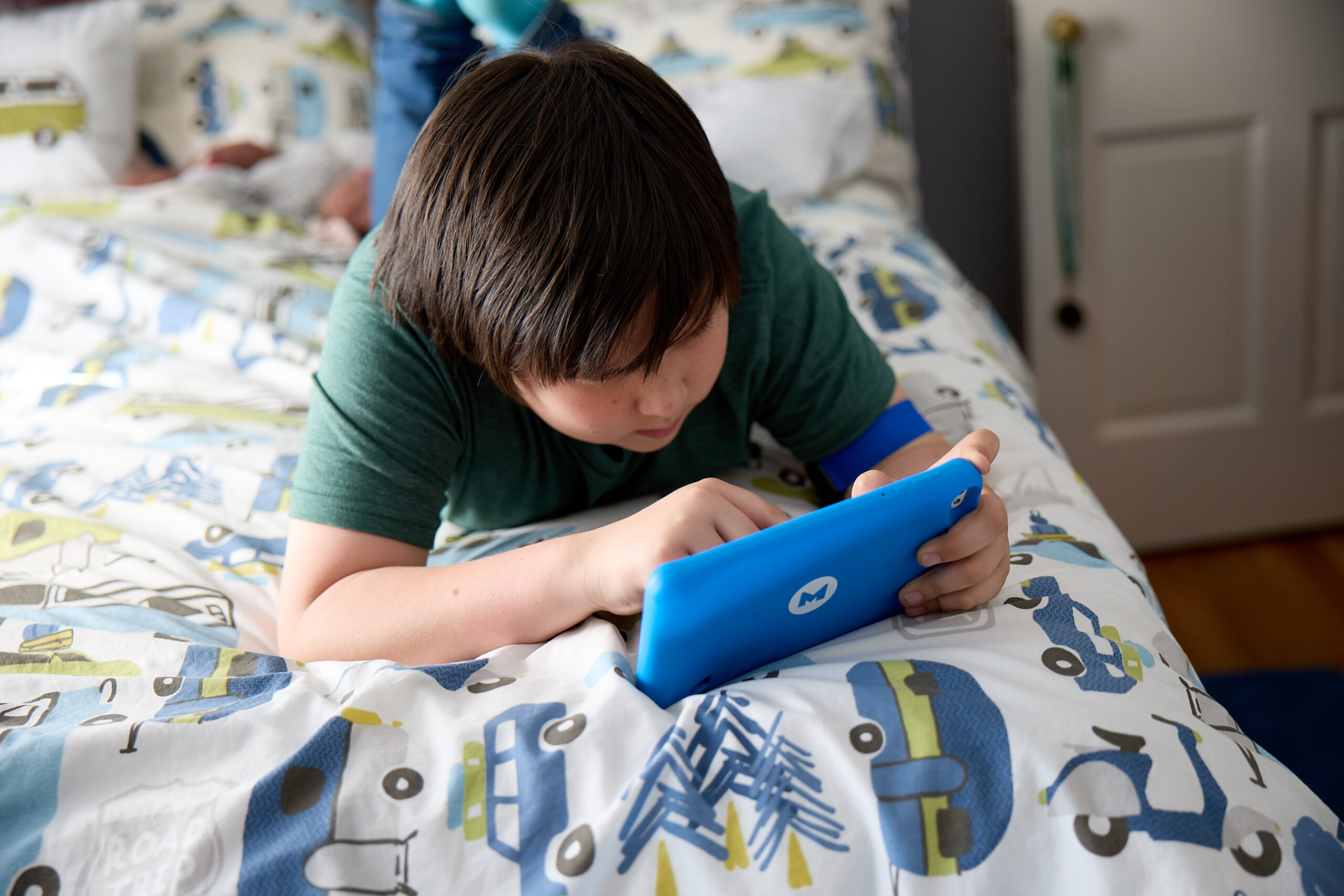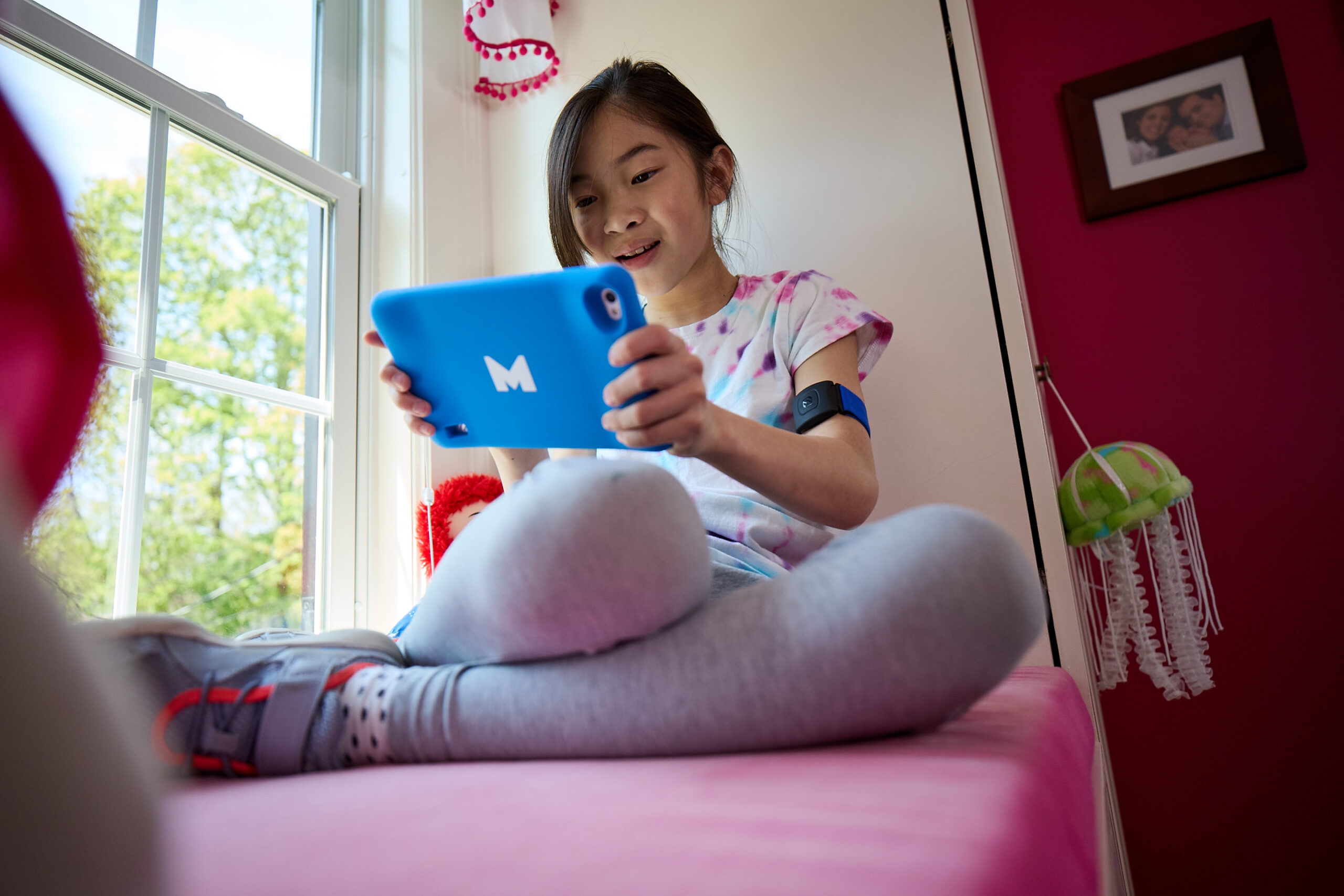- 10 to 15 minutes
- In person
Overview
This Mightier card game allows clients to practice regulating their heart rate and emotions while playing a familiar game similar to ‘James Bond.’
Time in Mightier program
Weeks 4+
Therapeutic Goals
- Develop emotional awareness
- Develop body awareness
- Increase emotional vocabulary
- Practice communication and social skills
- Support client’s understanding and enjoyment of Mightier
Documentation Suggestion
Client and clinician engaged in a collaborative play intervention using the Mightier biofeedback tool. The intervention helped the client to develop emotional and body awareness, increasing emotional vocabulary, and practice communication and social skills.
Materials needed
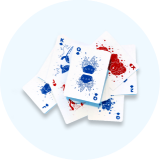
Mightier card deck (with no jokers)

Mightier tablet
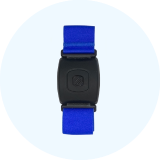
Heart rate monitor
Step-by-step instructions
- To start, create a stack of 4 cards face-down to the side of the playing area, this will be the draw pile.
- Split all of the remaining cards into piles of 4 cards face-down. Divide piles evenly between players, for more than 4 players divide as evenly as possible. (See below for a visual layout. Each pile in the picture has 4 cards per pile.)
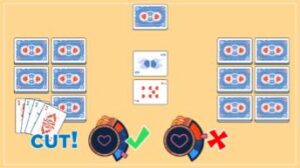
- Choose if you or the client is going to wear the heart monitor, they will be the ‘Cutter’.
- Turn on the Mightier tablet, enter Gizmode, and select ‘Cut the Wire.’
- Players work together to create four of a kind in all of the piles.
- To begin, start the timer on the Mightier tablet and flip over the top two cards from the draw pile and place them side by side face-up between the players.
- Players can pick up any one of their piles of four and swap a card from that hand with a card in the center. (See the image below for a visual example of swapping cards.)
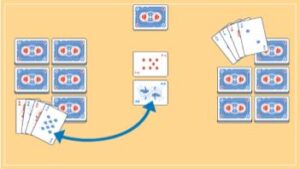
- Players can have one stack of four in their hand at a time and swap one card at a time from that hand with the cards in the middle.
- There are no turns, play happens as fast as possible.
- Players can talk to each other to say what they need and share plans.
- The game ends when all of the piles have been matched and removed from play. Stop the timer and check your time.
CUTTING CARDS
- Once a player creates the first set of four-of-a-kind they yell ‘Cut!’. If the Gizmo is in the blue the set of four can be removed from play by the ‘Cutter’ (the player wearing the heart rate monitor), if it’s in the red then the ‘Cutter’ (the player wearing the heart rate monitor) must wait until the Gizmo returns to blue to remove the cards. (See the below image for a visual of when to cut.)
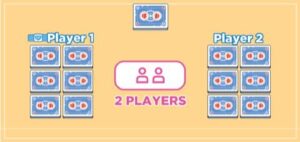
- Once the first set is removed the ‘Cutter’ (the player wearing the heart rate monitor) adds a card from the draw deck to the center area face-up. Once the second set of four is removed the last draw card can be added to the center.
- Once all four cards are in the center area players continue to try to make matches of four in their piles. The ‘Cutter’ (the player wearing the heart rate monitor) continues to remove matched piles when players say ‘Cut’ and the Gizmo is in the blue, multiple matched piles can be removed together with a single cut.
- Another way to create a match is to match all four center cards, if this occurs then the center cards can be removed from play using standard cutting rules. The four center cards can then be replaced with the cards from any one of a player’s piles of four.
TIME CHALLENGES
Below are some examples of potential time goals to work towards together with your client:
|
Recruit |
20 minutes |
|
Beginner |
12 minutes |
|
Intermediate |
8 minutes |
|
Expert |
4 minutes |
To make the game more or less difficult try these rule variations:
- Hand Off Rules – allows more cooperation
Once someone matches and removes all of their piles the other players can hand off some of their unmatched piles to that player. - Get the Party Started Rules – speeds up the game
Start the game with all 4 cards in the middle. - Library Rules – makes the game harder but sillier
No talking during the game, can use hand signals - Red Wire Blue Wire Rules – varies the Gizmo challenge
After getting into the blue to make the first cut the Cutter must get into the red to make the second cut. Cutter continues to alternate between red and blue for the rest of the game.
